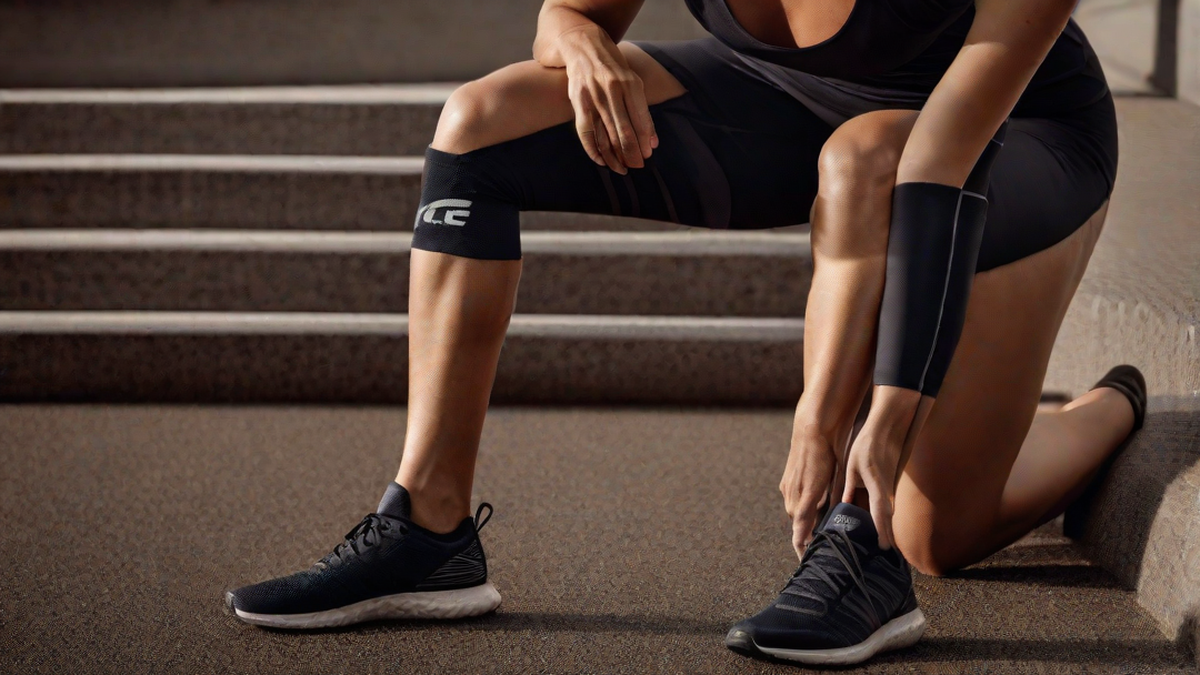As a long-time runner, dealing with knee pain after running is a common struggle. Whether you’re a seasoned marathoner or just getting into the sport, knee discomfort can be a major hindrance to your running routine. In this article, I’ll share some effective strategies and personal tips for alleviating and preventing knee pain after running.
Understanding the Issue
The first step in addressing knee pain is understanding the root cause. Running exerts a significant amount of impact on the knees, and issues such as overpronation, muscle imbalances, and improper footwear can all contribute to discomfort. For me, identifying the specific factors that trigger my knee pain was crucial in finding a solution.
Rest and Recovery
When my knees are in pain after a run, I prioritize rest and recovery. It’s essential to give the knees time to heal, so I adjust my training schedule to include more rest days. I also incorporate activities like swimming or cycling, which are lower impact but still help maintain my cardiovascular endurance.
Proper Warm-Up and Cool Down
Before hitting the pavement, I make sure to dedicate ample time to warm up my muscles and joints. Dynamic stretches and a light jog help prepare my body for the intensity of running. Post-run, a thorough cool down routine, including static stretches for the quadriceps, hamstrings, and calves, helps prevent stiffness and muscle tightness around the knees.
Strength Training
Strengthening the muscles around the knees has been a game-changer for me. Adding exercises like squats, lunges, and leg presses to my workout regimen has helped improve overall knee stability and reduce the impact of running on my joints.
Proper Technique and Footwear
Addressing my running technique and investing in quality running shoes was pivotal in managing knee pain. I made sure to land with a midfoot strike, avoiding excessive heel striking, and replaced my worn-out shoes regularly to ensure adequate cushioning and support.
Seeking Professional Guidance
If knee pain persists, consulting a sports doctor or physical therapist is crucial. I found that professional guidance helped me pinpoint specific issues and receive personalized recommendations for recovery and injury prevention.
In Conclusion
Overcoming knee pain after running requires a multifaceted approach that involves rest, strength training, proper technique, and seeking professional advice when needed. By incorporating these strategies into my own routine, I’ve been able to manage and reduce knee discomfort, allowing me to continue pursuing my passion for running pain-free.

